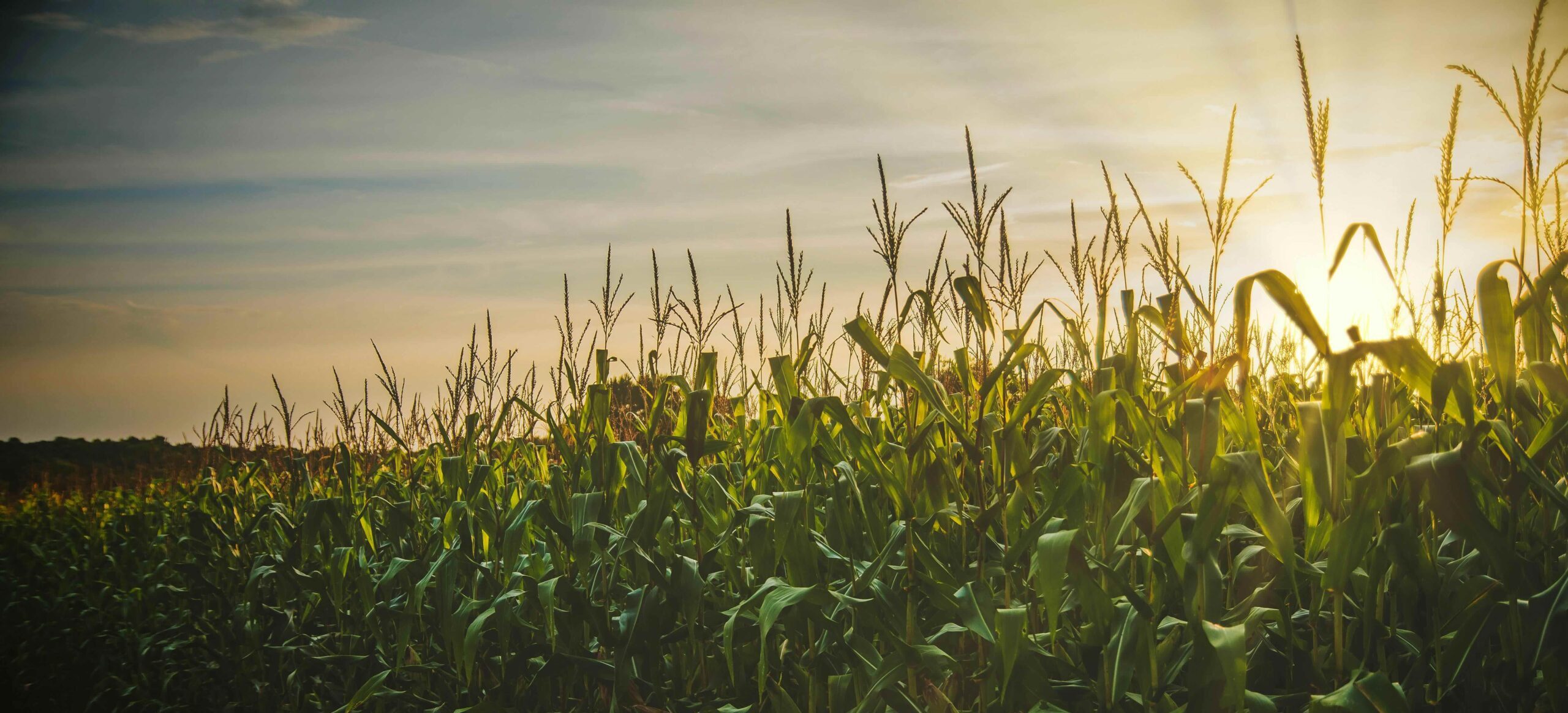Population in the Southern region of the United States grew the fastest from 2010 to 2020, with a compound annual growth rate of 0.98%, according to the US Census Bureau. (The Pew Charitable Trusts, 2023). Between 2021 and 2022, the population in the Southern region grew by 1.08%. In contrast, the West grew modestly by 0.20%, while the Northeast and Midwest declined by 0.38% and 0.07%, respectively.
Texas experienced the highest growth in population (1.49%) in the South from 2010 to 2020, followed by Florida (1.37%), South Carolina (1.02%), and Georgia (1.01%). While Mississippi saw a small decline in population (-0.02%), Louisiana (0.27%), Arkansas (0.32%), and Kentucky (0.38%) experienced modest growth. All other states in the South gained population at a healthy pace. Nine of the 15 fastest growing cities are in the South according to the US Census Bureau.
The increase in population in the South between 2010 and 2022 was primarily due to state-to-state migration, representing on average 85% of residents who lived in a different state a year ago (see Figure below). It is noteworthy that state-to-state migration was prevalent across neighboring states. More recently, post-pandemic domestic migration gains have contributed to population growth particularly in Florida, the Carolinas, and near large metro areas such as Atlanta and Dallas (Rogers et al., 2023).
The average proportion of migration from foreign countries for the region was 13%. Texas, Florida, and Virginia had the highest share of total migration from foreign countries, representing on average 24%, 20% and 17%, respectively, between 2010 and 2022. Over a third of the nation’s immigrants overall live in the South (Budiman, 2020). Along with some Northern Plains states, the South generally has the highest fertility rates in the country. States such as Texas, Louisiana, Oklahoma, and Arkansas have particularly high fertility rates (CDC, 2022).
Migration Flows in the Southern Region (2010-2022)

Notes:
- Other migration is the movement of persons from U.S. territories such as Puerto Rico and U.S. Islands Area.
- State-to-State Migration Flows were not available on the U.S. Census Bureau website for 2020.
Summary and Implications
Population in the Southern United States is growing, mainly in urban and sub-urban areas, compared to other regions of the country. This population shift has significant implications for land use, particularly in terms of residential housing and the provision of supporting services such as schools, libraries, hospitals, recreational facilities, and other systems. As the population move away from rural areas, the revenue and tax base may decline, requiring more resources to support these communities. To promote sustainable growth, communities need better planning, zoning, and resource management strategies to ensure a balanced approach to supporting residents while protecting natural resources and promoting environmental stewardship. Social planners, policy makers and economic development practitioners can play a pivotal role in helping decision makers pursue higher goals by enhancing the rural-urban linkages to drive social, economic, and cultural transformation of communities.
References:
Biernacka-Lievestro, Joanna, and Alexandre Fall. 2023. Southern States Gain Residents the Fastest. The Pew Charitable Trusts. https://www.pewtrusts.org/en/research-and-analysis/articles/2023/05/17/southern-states-gain-residents-the-fastest
Blake, Suzanne. 2024. Americans are Flocking to These 3 Southern States. Newsweek. https://www.newsweek.com/americans-moving-south-top-states-1858742
Budiman, Abby. 2020. Key Findings about U.S. Immigrants. Pew Research Center. https://www.pewresearch.org/short-reads/2020/08/20/key-findings-about-u-s-immigrants/
Centers for Disease Control. 2022. National Center for Health Statistics. https://www.cdc.gov/nchs/pressroom/sosmap/fertility_rate/fertility_rates.htm
Economic Research Service, USDA. 2023. Rural-Urban Continuum Codes. https://www.ers.usda.gov/data-products/rural-urban-continuum-codes/
Karlekar, Indraneel, and Julie Laumont. 2024. The U.S. Sun Belt’s Ongoing Boom. Clarion Partners. https://www.clarionpartners.com/insights/sun-belt-apartments-multifamily
Upendram, Sreedhar, Chrystol Thomas, and James Mingie. “Population Change in Southern United States.” Southern Ag Today 4(23.5). June 7, 2024. Permalink








